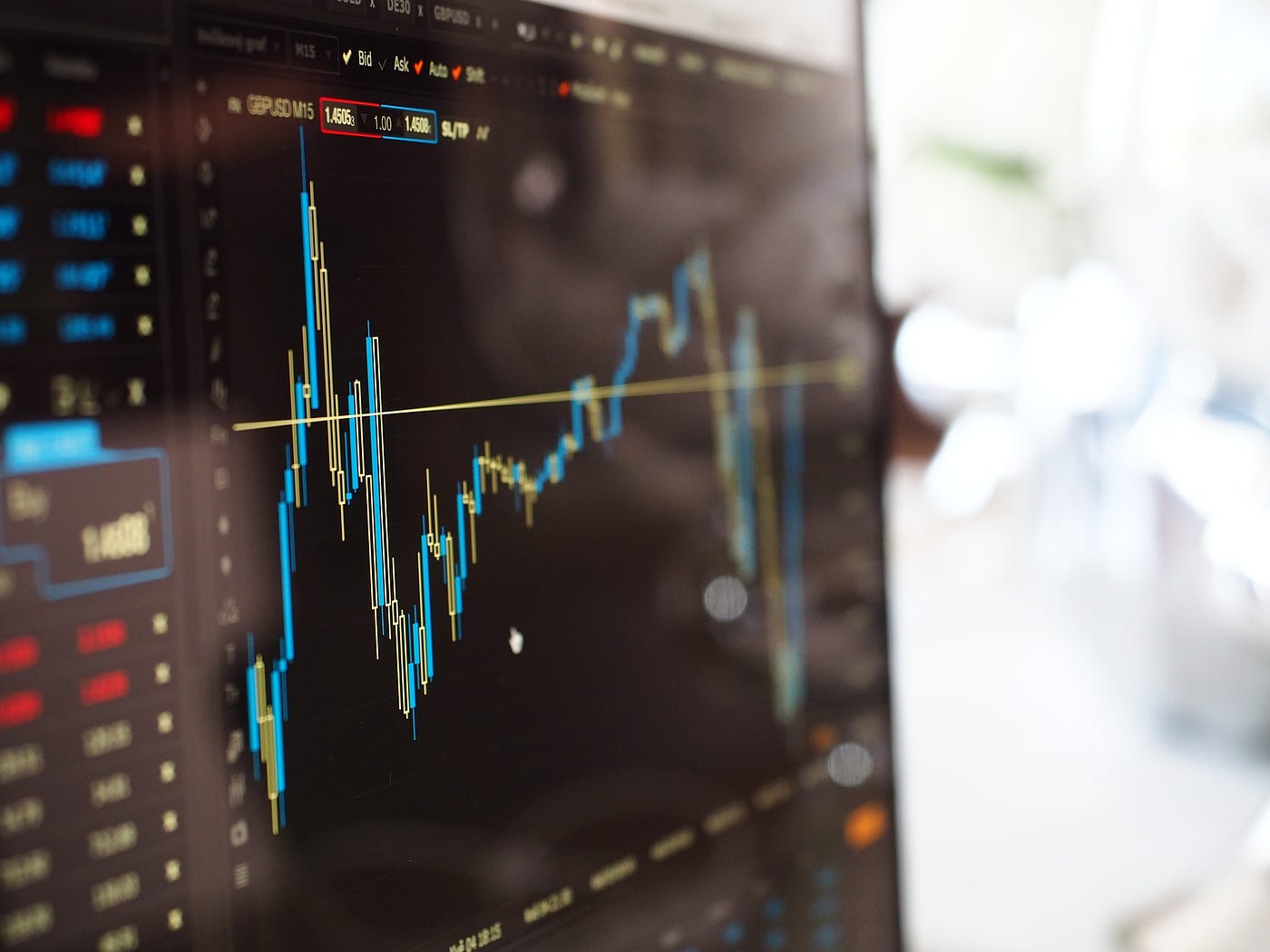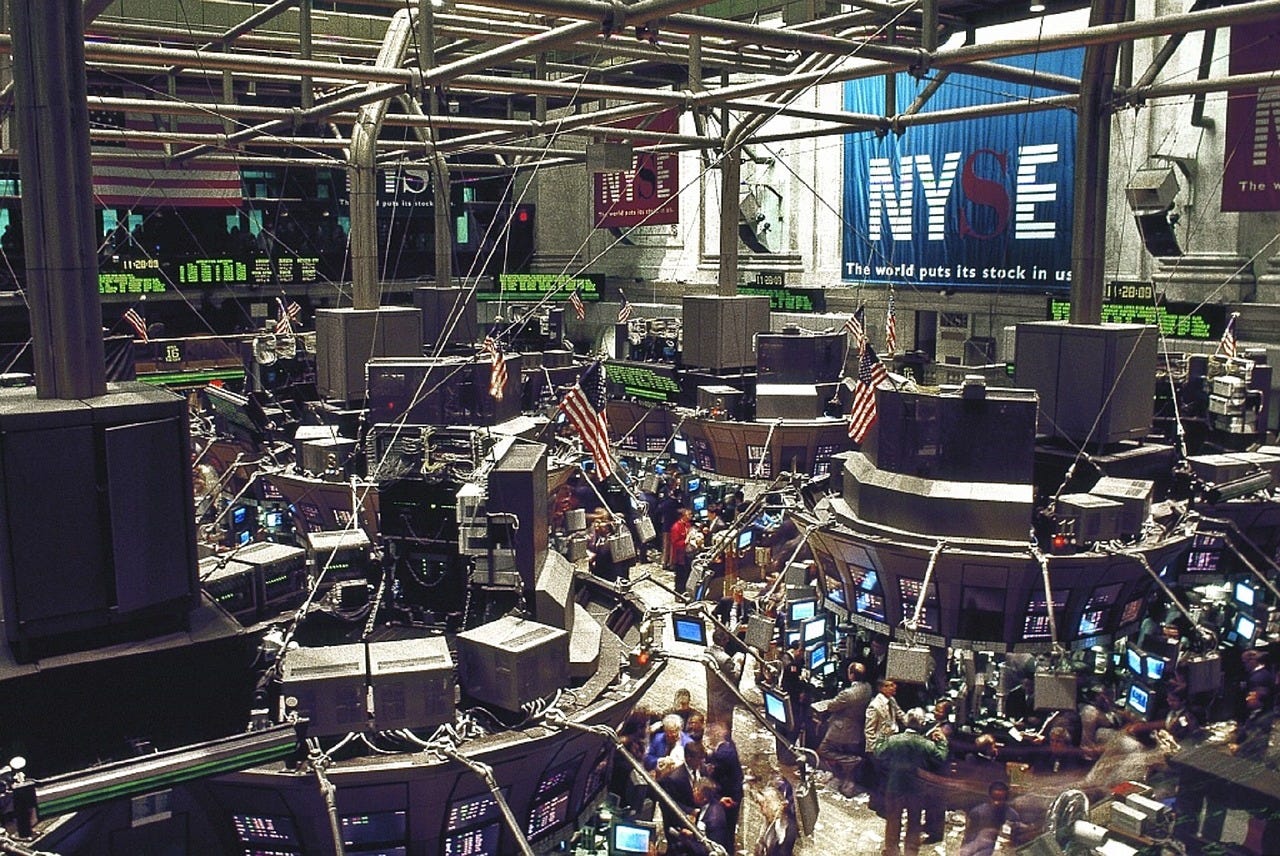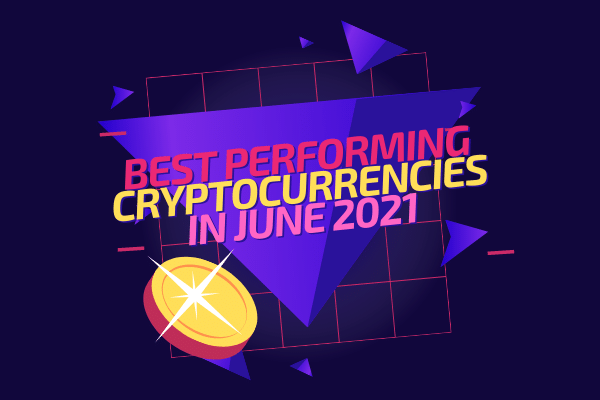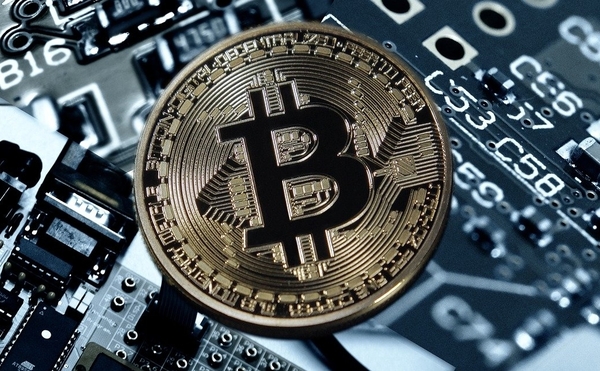Many cryptocurrency exchanges churn fake volume, but this ultimately keeps out genuine traders and institutional interest and will eventually lead to either consolidation or the undoing of the cryptocurrency exchange itself.
In the dank, steamy heat that is summer in Dongguan, a city in southern China, Xun Zhao, armed with a monocle in one eye, pours over his latest creation in the confines of an airconditionless workshop deep within the recesses of the city.
Literally being steamed alive like a dim sum, Zhao works his way deftly like an expert craftsman, making small adjustments to the flywheel, the spring, the cogs, oiling, always adjusting and constantly listening for any irregularities in the movement.
As Zhao makes further adjustments to the Rolex Cosmograph Daytona 116500LN he is working on, one can’t help but be impressed by the attention to detail and meticulousness with which he works the watch.
But no, this isn’t an off-path Rolex repair shop, it’s a small part of the multi-billion-dollar business that is fake watches.
Today, Zhao is working on a particularly accurate version of the famed Rolex Daytona — whose name is drawn from the famous racing circuit in Florida.
Unlike cheap knock-offs, the fake version that Zhao is working on isn’t intended to be all show and no-go and it isn’t exactly cheap either. At over US$1,500, you could get a decent watch from almost any other reputable brand.
Zhao’s fake uses real 904L steel for the case and bracelet, real ceramic for the bezel, has the same intricate locking mechanism in the clasp and it even has an exact replica caliber 4130 inside as well — designed to look and work exactly like the real thing.
Because the movement check was the last bastion of the collector in determining what was real and what was not, Zhao’s fake, and thousands of others like it have created such an accurate replica of a cult watch that it could quite easily fool not just your average person on the street, but also a seasoned enthusiast.
At a tenth of the price of the real watch, is a fake Rolex Daytona, considering how hard it is to purchase a real one anyway, a good watch to buy for someone on the up and up, who are trying to fake it till they make it?
The answer unfortunately is, it depends.
For the same amount of money, you could quite easily get a very good watch from another brand.
So, if you want a Rolex Daytona that will fool pretty much anyone without an encyclopedic knowledge of the brand, you can, and it’ll cost around US$1,500.
And if you’re the sort who looks at their watch and won’t be dismayed because they’re reminded each time that it’s not real, then a fake is really up for consideration.
But for many others, a Rolex is not just a mechanical wristwatch — it’s something that they work towards and earn — it’s a celebration of life.
And if you’re lucky enough to get an allocation on a Rolex Daytona (they’re notoriously hard to buy), you’re already sitting on a profit. You could pay a premium for one and it’d still owe you nothing. And how about when you want to sell the fake? Well, good luck with that.
But the bottom line is that these watches are all about how they make us feel. They’re a reward, a motivation, a joy. You may be able to fake the watch, but can you really fake the way it makes you feel? That’s a question only you can answer.
Cheaters Never Prosper?
Which is why when it comes to cryptocurrency exchanges and their propensity to fake volumes, some of them are right up there with the masters of high-end fakes in China.
Take BKEX for instance, a cryptocurrency exchange founded in 2018 and registered in the British Virgin Islands.
Compare its transactions side-by-side with those of Binance, one of the largest cryptocurrency exchanges in the world, and you’ll notice right away that BKEX’s trade history is a replica, printing the same numbers posted by Binance, just delayed by a few seconds.
Yet somehow, according to CoinMarketCap (a cryptocurrency data website), BKEX has US$1.1 billion in daily volume, making it the 20th largest cryptocurrency exchange in the world.
But unlike the master craftsmen who painstakingly recreate Rolexes in China, BKEX, in what can only be described as one of the laziest attempts to fake volume on its exchange, has simply copied and pasted Binance’s trade history and passed it off as its own.
In March of this year, Bitwise, a digital asset manager, as part of its move to launch its own regulated ETF with the Securities and Exchange Commission, reported how as much as 95% of all cryptocurrency exchange transactions are bogus.
But a new report by Alameda Research, a cryptocurrency trading firm, thinks it is able to paint a more accurate picture of the level of deception when it comes to trading volumes on cryptocurrency exchanges.
The startup, co-founded in 2017 by Sam Bankman, an MIT graduate and former trader at high frequency trading outfit Jane Street and Gary Wang, a fellow MIT alum and former Google software developer has over US$100 million in assets and trades on average US$1 billion a day, making it easily one of the biggest cryptocurrency trading firms in the world.
Alameda Research believes that its intimate knowledge of cryptocurrency trading, buoyed by its own trading activities, gives it a particular advantage for sussing out the fake volume.
The motives for cryptocurrency exchanges to fake volumes are as many as there are cryptocurrency exchanges.
From goosing their exchange’s rankings on CoinMarketCap to jacking up listing fees, as well as enticing traders with perceived liquidity — there are strong economic and reputational incentives for cryptocurrency exchanges to embellish their trading volumes.
And because a cryptocurrency exchange doesn’t physically “exist” the way the New York Stock Exchange exists on Wall Street — many are unregulated and remain unregulatable — it can publish whatever trade numbers it wants without any consequence or sanction.
Exacerbating the problem is CoinMarketCap, a website that has become the defacto “authority” on cryptocurrency data, whilst shrouded behind a cloak of secrecy as to its methodologies as well as its data sources.
To be sure, CoinMarketCap itself has a seemingly impossible task of having to vet through a cryptocurrency exchange’s numbers and given its perceptibly limited resources, understandably takes much of the data that is provided by exchanges at face value.
But because both the mainstream as well as cryptocurrency media defer to CoinMarketCap, it has become an authority on cryptocurrency data, whether that reputation or reliance is justifiable or not.
And it’s not just grossly inflated numbers that cryptocurrency exchanges are posting.
According to Alameda Research, cryptocurrency exchanges also sneak in large, fake transactions amid a flurry of smaller ones.

Take for instance CoinEgg, a Hong Kong-registered cryptocurrency exchange that allegedly trades as much as US$1.1 billion a day, according to data from CoinMarketCap — the exchange recently sneaked in large trades for Litecoin, just as the cryptocurrency was rising some 400% in the earlier part of this year.
Against the backdrop of a bull run in any cryptocurrency, it’s not always easy to sift the wheat from the chaff.
Alameda Research noted that during one period when 15 different offers to buy and sell Litecoin could only have had a maximum total of 134 Litecoin, several trades as large as 2,000 Litecoin were published, almost as if a “mystery” buyer had appeared out of thin air.
Cryptocurrency exchanges typically publish an order book, showing a list of “bid” prices at which traders are willing to buy a cryptocurrency as well as a separate set of “ask” prices of traders willing to sell.
For instance, say Adam wants to buy one Bitcoin at US$10,000 and Betty wants to sell one Bitcoin at US$10,100, for a trade to happen, a third party, Charlie will need to pay the US$10,100 that Betty is asking for. Anything in between the “bid” and “ask” price of a cryptocurrency is also known as the “spread.”
And unless two traders place offsetting orders at exactly the same time, most trades that clear, will align with orders that previously showed up in the order book.
But some cryptocurrency exchanges, in order to create the illusion of volume do precisely that — using automated bots, simultaneous “buy” and “sell” orders are placed at roughly the same time and transactions logged — even though no actual trades took place between actual unrelated third parties.
The Prices Are On But Nobody’s Home
And on some cryptocurrency exchanges, trades are executed at prices and sizes that do not even exist on the visible order books.
Take for instance Digifinex, a Singapore-based cryptocurrency exchange.
According to Alameda Research, Digifinex had bids and asks for Bitcoin between US$8,296 and US$8,298 a tight spread of only US$2, yet trades on the cryptocurrency exchange were logged at US$8,290 and US$8,293, well outside the asks on the order book.
On LAToken, a Moscow-based cryptocurrency exchange, Alameda Research noted bids and asks with a maximum size of 1.6 Bitcoin, yet several trades were booked at sizes of up to 20 Bitcoin.
Alameda Research noted Singapore-based ABCC, another cryptocurrency exchange, had no bid and asks for Ethereum in excess of 1 Ether, yet several transactions materialized of 11 Ether by the end of the trading day.
And then there were many cryptocurrency exchanges that simply published trades that fell in the middle of the bid and ask prices — the “spread,” including IDAX and Coineal.
In total, Alameda Research noted no less than 60 different cryptocurrency exchanges with suspicious trading patterns unreflective of actual trading activity.
Using six different criteria to assess the integrity of a cryptocurrency exchange’s volume, Alameda Research first manually examined an exchange’s order book and noted where trades were published — if more than 10% of transactions were at prices outside of the published order book — it was flagged.
The firm then tested to see if a cryptocurrency exchange’s trades were completed at the best available bids or ask and if it failed that dimension, it was flagged.
Alameda Research also analyzed how much the firm itself traded on a given cryptocurrency exchange. Since the startup deals in virtually every cryptocurrency and considers its algorithms “exchange-agnostic” and since it estimates that it is responsible for as much as 5% of all global cryptocurrency trading volume, if it makes up 0.5% of an exchange’s volume — that exchange ought to be reporting accurate trading volumes.
But the Alameda Research report didn’t stop there.
Unlike the Bitwise report which claimed that as much as 95% of all globally-traded cryptocurrency volume is fake, Alameda Research claims that cryptocurrency trading, including both “spot” trades of the actual underlying cryptocurrency as well as derivative products such as futures, are worth about US$38 billion a day — with 87% of that volume occurring on Asian cryptocurrency exchanges.
According to Alameda Research, only 9% of global cryptocurrency trading occurs on exchanges based in the United States, thanks in large part to the harsh regulatory climate towards cryptocurrencies there.
Unlike Bitwise, which also published a follow-on report in May this year, Alameda Research takes the view that more cryptocurrency trading volume is real as opposed to fake.
For large cryptocurrency exchanges which were founded in China but are now based in other jurisdictions, such as OKEx and Huobi, Alameda Research suggests that about 70% of their transactions are authentic.
Bitwise and Blockchain Transparency Institute, on the other hand, are far more circumspect, estimating that as much as 60% of Huobi’s and 90% of OKEx’s trading volume is fake.
Within the cryptocurrency trading community, many professional cryptocurrency traders have at least a decent sense of which cryptocurrency exchanges post fake volume and which do not and to that end, anecdotal evidence suggests that with regards to Huobi and OKEx at least, Bitwise and the Blockchain Transparency Institute are perhaps more accurate in their assessment as compared with Alameda Research.
But Ultimately, Who’s To Call A Fake?
Just like the person who wears a high-quality fake Rolex will tell you, only the wearer of the fake watch and a handful of experts will be able to tell the difference — the vast majority of others will not.
So it is with cryptocurrency exchange volumes as well.
Only cryptocurrency exchanges will know themselves just how much of their volume is genuine and led by actual traders and counterparties and how much of it is as genuine as a three-dollar bill.
Yet given the fierce competition for cryptocurrency exchanges out there, the practice of posting fake trading volume is a slippery slope to climb — eventually, the jig will be up.
Cryptocurrency exchanges ultimately need to rely on genuine trading volume for fees and to ensure their survivability.
In the short term, juicing trading volumes may attract traders, but at some point in time, exchanges will need to rely on the quality of their service and the depth of their liquidity to keep those traders onboard.
And initial coin offerings (ICOs), as well as new cryptocurrencies that are being launched, are increasingly becoming more sophisticated and discerning in their choice of a cryptocurrency exchange to list their digital tokens on.
When the airline industry was liberalized, the initial number of airlines sprouting up was phenomenal and ultimately unsustainable.
Similarly, the sheer number of cryptocurrency exchanges that exist is not sustainable nor is it healthy for the cryptocurrency industry as a whole — there’s a reason there’s only one New York Stock Exchange and not a hundred — it just makes sense to consolidate all the traders in one location for more accurate price discovery.
Perhaps just like the airline industry, consolidation is a matter of time.
At the end of the day, a cryptocurrency exchange should ask itself what is its role in the cryptocurrency industry — while not every trader may be able to detect fake volume, the exchange will always know whether or not its volume is fake and to that end, it’s only really cheating itself.
Written by Patrick Tan on Medium for Altcoin Magazine
Patrick Tan is CEO of Novum Global Technologies, a cryptocurrency quantitative trading firm. Trading up to 100,000 times a day the way only an algorithm could.





